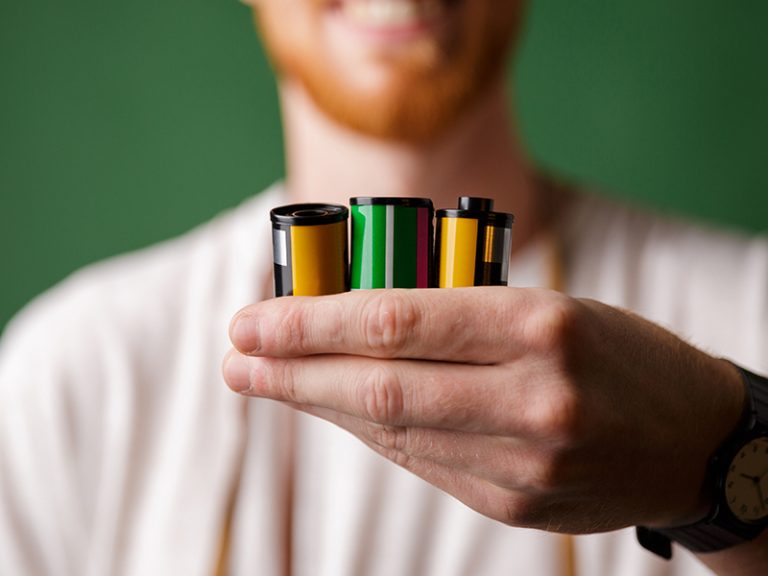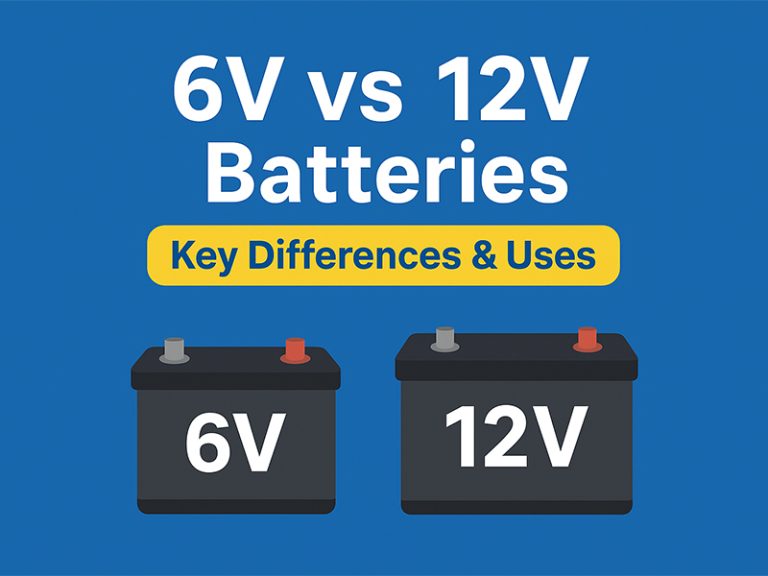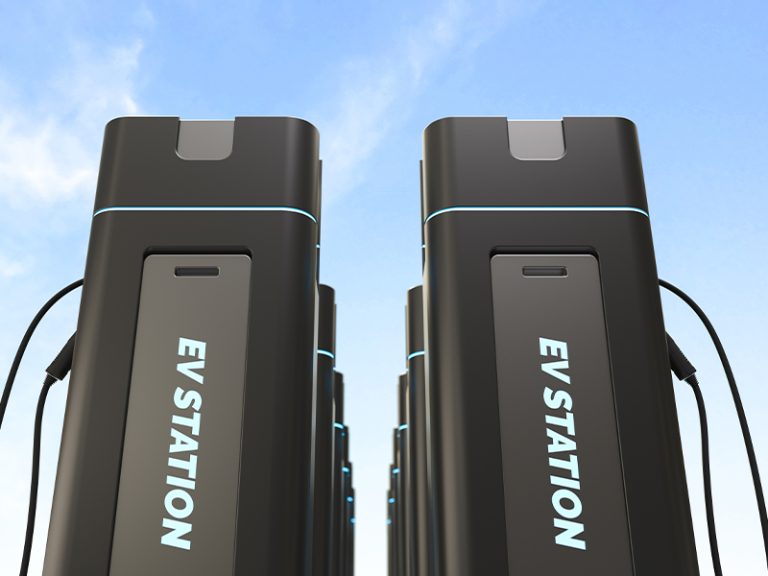Introduction
Increased adoption of battery-operated devices in consumer electronics, automotive, and industrial automation has raised safety and reliability issues. As one of the most recognized safety compliance certifications, UL Certification helps provide a competitive edge. It was created and is administered by UL Solution (formerly Underwriters Laboratories). For manufacturers, undertaking the certification process allows access to regulated markets, strengthens client trust, and mitigates risks.
In this document, we describe instructions for obtaining battery-operated device UL certification focusing on its advantages, main requirements, processes stages, and recommended practices.
Why Does UL Certification Hold Importance?
UL Certification is the guarantee of a product’s safety, its effectiveness, and its dependability. Powered products which use lithium-ion batteries and solid-state batteries pose a considerable risk of overheating, fire, or chemical leakage during abnormal situations. Certification confirms that proof exists for the associated dangers.
Aside from serving as a regulatory requirement, UL certification can also:
- Increase Ease of Marketing, especially overseas.
- Meet the needs of insurance agencies, retailers, and government bodies.
- Build strong confidence from customers and elevate the value of the product.
- Lower the chances of incidences of recalls on products that are returned or repaired under warranty.
- Retain the product’s quality in manufacturing by periodic inspections of the factory.
Primary UL Standards Concerning Battery-Operated Devices
UL Solutions tailors a set of standards based on the specific battery’s chemistry, its form factor, and the application type. Below are the most applicable standards for products that incorporate batteries:
1. UL 2054 – Standard for Household and Commercial Batteries
This applies to general purpose batteries for personal and business devices. This evaluates battery safety for overcharging, short-circuits, drops, and certain environmental conditions.
2. UL 62133-2 – Rechargeable Cells and Battery Packs
As with other UL standards, UL 62133-2 is aligned with international IEC standards and applicable for several lithium-ion and lithium-polymer products. It verifies everything from protection circuitry to abuse testing to mechanical integrity.
3. UL 2271 – Batteries for Light Electric Vehicles
Commonly utilized in batteries for e-bikes, scooters, wheelchairs, and other mobility devices. Concerns electrical, mechanical, and environmental safety in addition to other components.
4. UL 1973 – Stationary and Motive Applications
For significant use cases like uninterruptible power supplies (UPS), solar battery banks, and electric buses.
5. UL 9540 & 9540A – Energy Storage Systems (ESS)
Employed together with UL 1973 for a complete systems analysis rather than just single batteries, along with supplementary evaluation on the propagation of thermal events.
As per the requirements, manufacturers must consult UL’s technical documentation or other authorized testing labs to see which standards are applicable to their products.
The UL Certification Process
1. Pre-Assessment & Design Review
Before proceeding with product testing, make sure to check the following items regarding the design of your product:
- A Battery Management System (BMS) with overcurrent, overvoltage, and thermal protection
- Adequate ventilation and containmentfor managing pressure buildup
- Fire-resistant enclosures (e.g., materials rated V-0 or higher)
- Appropriate cell balancing along with fail-safe mechanisms
At this stage in the process, certain manufacturers prefer to engage a UL engineering consultant to identify possible compliance shortfalls as early as possible.
2. Preparation of Technical Documents
The following items require preparation and submission:
- Comprehensive circuit drawings.
- Datasheets for the battery (cell specifications, BMS logic, firmware interactions).
- Drawings for the enclosure with a complete list of materials.
- Documents on anticipated utilization and associated charging strategies.
- Safety-related firmware and software abstracts.
These documents are required for the laboratory assessment and testing evaluation in benchmark performance.
3. Submission for Laboratory Evaluation
Ship physical samples to a UL-accredited testing laboratory for assessment. Some of the standard tests performed are:
- Overcharge / Over-discharge testing
- Puncture and crush resistance
- Short circuit (internal and external)
- Thermal cycling
- Drop and impact resistance
- Testing for flammability
- IP rating (if applicable)
As per the regulations defined by UL, results must fall within allowable limits. If the results fall beyond the prescribed limits, then design modifications may be necessary.
4. Factory Inspection (Initial Production Check)
Prior to issuing certification, UL performs a Factory Inspection Audit (FIA) to ensure that the production processes align with the tested samples. They check:
- Consistency in product assembly
- Supplier for key parts (for instance, cells and BMS boards)
- Practices for quality control
- Marking and boxing of the final products
After certification, audits are conducted quarterly or biannually to retain the UL Mark.Our battery module test systems help manufacturers validate each pack’s performance before and after certification.
5. Certification Issuance and Product Labeling
As soon as testing and factory inspections are done, UL is prepared to issue your certification. You can now use UL’s Marks, including UL Listed and UL Recognized Component, on your products and promotional materials.
Heed UL’s marking specifications regarding placement, size, and durability of the mark against real-world conditions for product use.
Frequent Obstacles in the UL Process
There are many ways in which UL certification may be systematically hindered or delayed, even if the systematic approach is being followed:
- Utilization of off-spec or uncertified battery cells.
- Inadequate protection circuit design.
- Inconsistent documentation or absent firmware behavior logs.
- Omitting thermal runaway and other scenarios from design consideration.
- Not declaring third party chargers or accessories as test scope.
Working with a compliance consultant or knowledgeable contract manufacturer considerably boosts submission success rates.
Advice for Achieving Successful Certification
- In the project blueprint, the design stage should be the one undergoing certification rather than the prototype evaluation.
- Employ connectors and battery cells which bear UL Recognition as certifications.
- Ensure that systems are developed that capture documentation in the act to enable the forming of records permitting traceability.
- Capture and structure access to test data, materials declarations, revision histories and file them.
- For identifying gaps in compliance, a third-party laboratory could be used for preliminary compliance testing.
Final Thoughts
Acquiring UL certification adds further benefits for a manufacturer of battery-operated devices other than compliance. It boosts brand image and opens up new international opportunities. Understanding the relevant standards makes the industry much easier to navigate with proper planning.
Comprehensive compliance increases product lifecycle benefits. It is advantageous to work closely with UL from the beginning and documenting design milestones. Achieving trust in the dynamic world of portable electronics and energy storage infuses the need for UL certification.Explore Sinexcel-re battery testing solutions to simplify your UL compliance journey.



